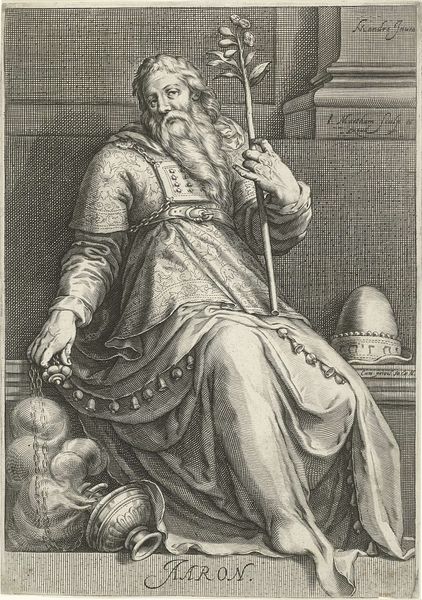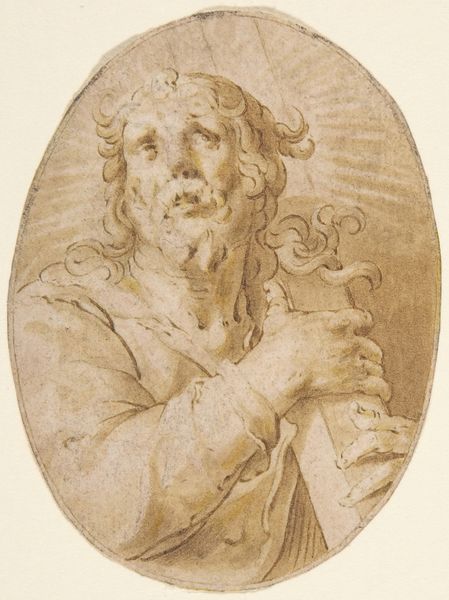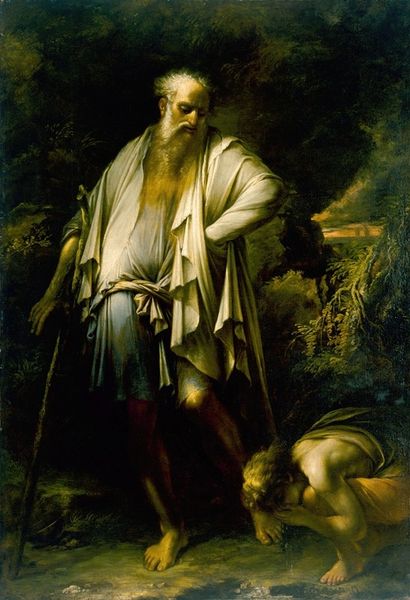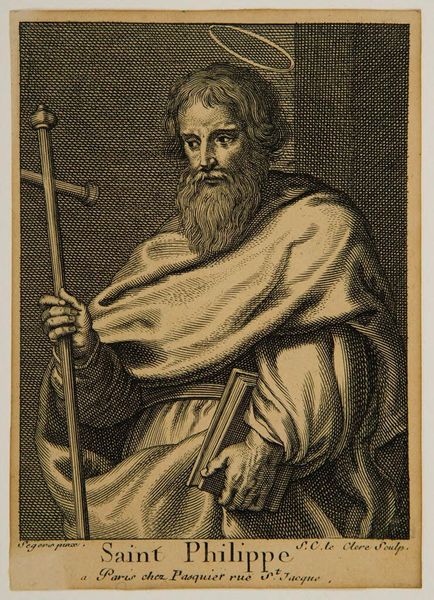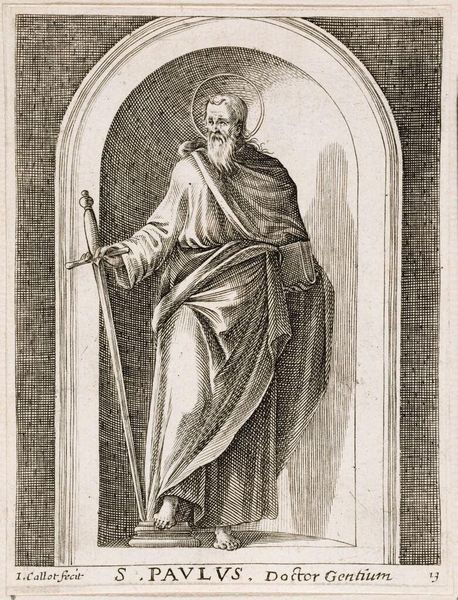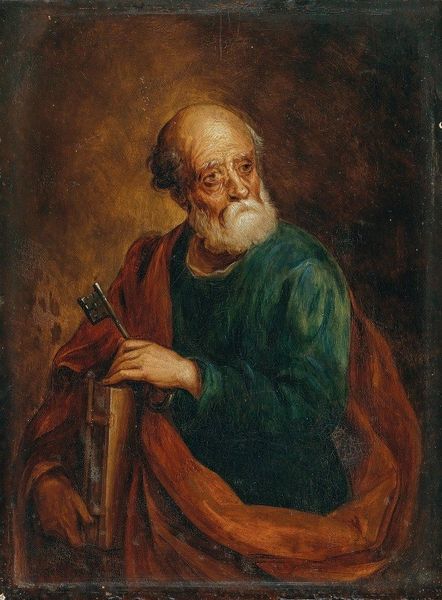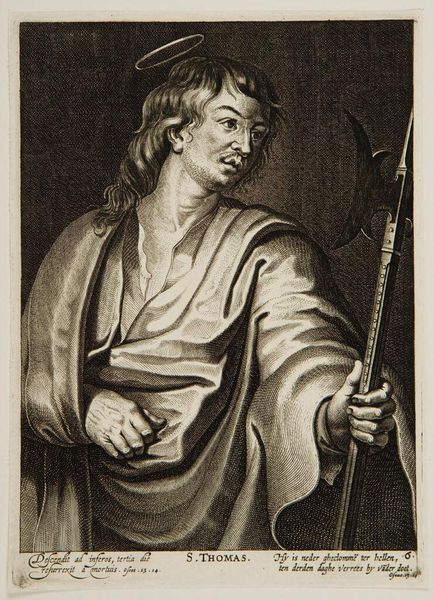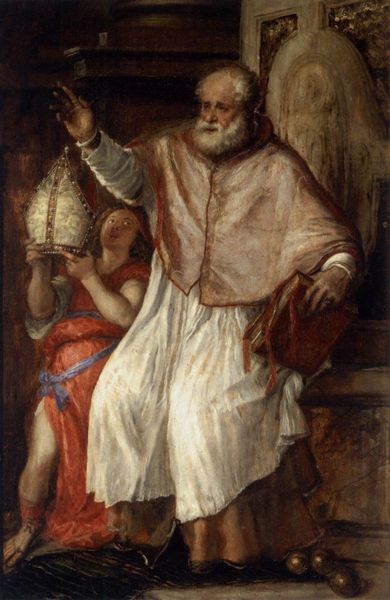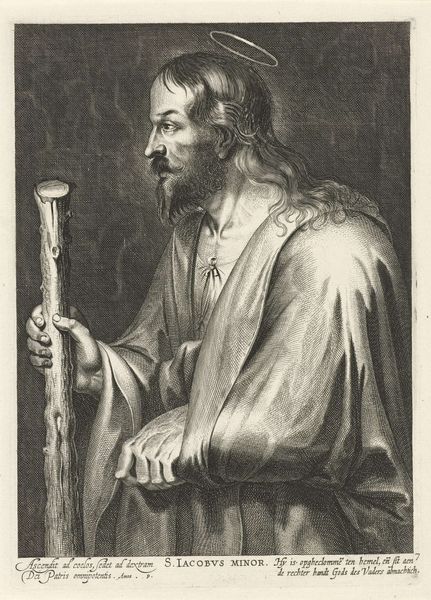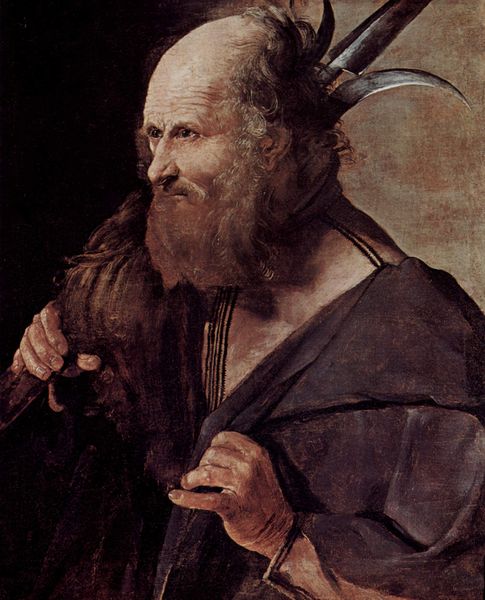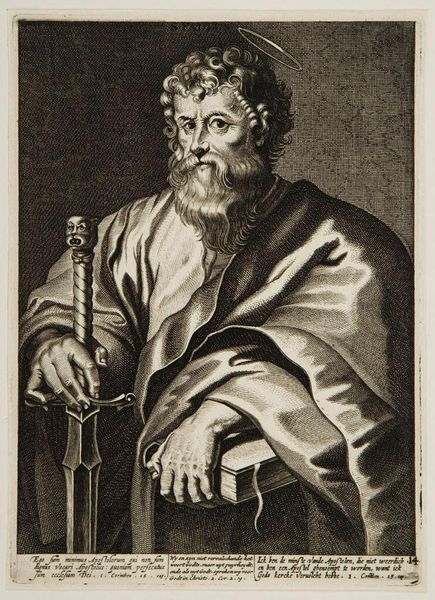
painting, oil-paint
#
portrait
#
baroque
#
portrait
#
painting
#
oil-paint
#
orientalism
#
history-painting
#
realism
Dimensions: 63.8 x 85.8 cm
Copyright: Public domain
Curator: Looking at Rembrandt van Rijn's "Portrait of a Man in Oriental Costume," painted in 1633 and currently housed in the Alte Pinakothek, one can’t help but be struck by its immediate presence. Editor: It certainly exudes an air of the theatrical. There's something immediately arresting about the subject’s expression and the luxuriousness of the fabrics. It’s like a figure plucked straight from a stage play. Curator: Yes, the attire is quite interesting! Rembrandt clearly engaged in a form of cultural appropriation – or perhaps romanticization. This 'oriental' garb, complete with turban and lavish fabrics, would have held significant symbolic weight for his audience. It was the 17th century. The 'Orient' was a source of both fascination and projection, fueling the visual imagination of Europe. Editor: Absolutely. It speaks to the power dynamics inherent in representation. The way Rembrandt, a European artist, depicts this figure in "Oriental Costume" tells us less about the 'Orient' itself and more about the European gaze. What did such images mean to viewers at the time? How were ideas about foreign cultures constructed and circulated through these visual forms? It speaks volumes about the politics of display in early museums as well, suggesting an appetite for exoticism among the elite. Curator: From my viewpoint, Rembrandt likely wasn't aiming for ethnographical accuracy; I see it rather as a visual shorthand. It allowed him to tap into certain emotions and narratives associated with the 'East,' imbuing the sitter with an aura of mystery, wisdom, or perhaps even a touch of the exotic and dangerous. This is the symbolic work being done here, reinforcing or creating what archetypes were for Western society, what associations are automatically triggered in us as viewers. Editor: It's hard not to see these kinds of portrayals as contributing to a longer history of misrepresentation, of "othering." I wonder, if it was displayed differently, maybe with a modern work juxtaposed beside it to reveal some of the complex implications we have talked about, how its reception would change for our current viewers? Curator: Museums certainly have the challenge of showing their viewers multiple angles on cultural treasures like this one. Editor: Agreed, the conversation should be evolving even as we create spaces for seeing artworks like this.
Comments
No comments
Be the first to comment and join the conversation on the ultimate creative platform.

